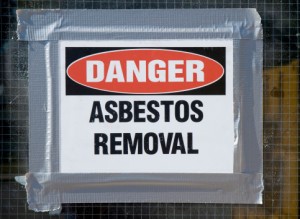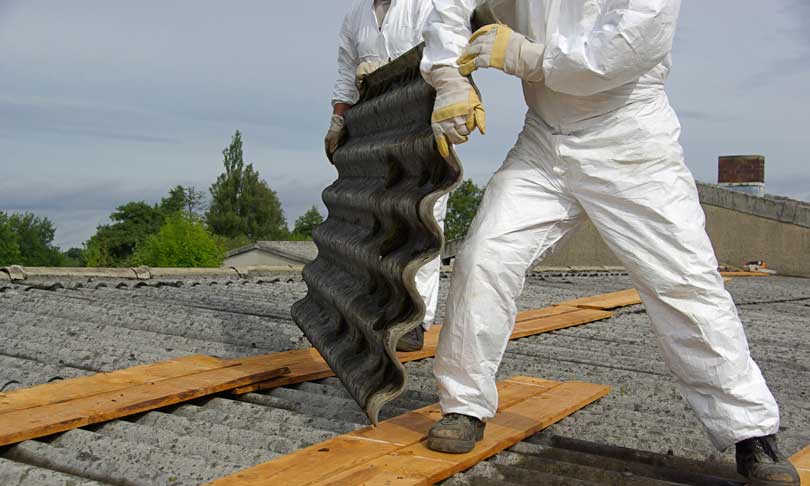AQHI Inc. uses best practices for asbestos abatement to meet or exceed all state and federal requirements

Because your safety is a huge priority at AQHI Inc., we offer comprehensive asbestos abatement services designed to ensure that this hazardous material is safely removed from your property in a manner that does not pose additional risk to your health and safety. We strive to meet and even exceed all relevant state and federal regulations for the handling and disposal of asbestos as we perform the following key asbestos abatement activities:
Isolate the Work Area
The first step to a safe asbestos abatement project is to isolate the work area from the rest of the building and from the outdoors. This is done by using heavy-duty plastic sheeting and moisture-resistant tape to seal off doors, vents, and windows, as well as to cover any fixtures that we do not want to get dusty. We will also set up a decontamination area for workers to use when exiting the work area.
Filter the Air
Once the work area has been sealed and isolated, we set up a state-of-the-art HEPA air filtration system. This system serves to provide air circulation for the work area while at the same time preventing any tiny airborne asbestos fibers from escaping to contaminate nearby areas.
Remove Asbestos-Containing Materials Safely
Breaking, cutting, or disturbing asbestos in any way in order to remove it will result in the release of some potentially dangerous asbestos dust. Although the workspace is sealed and isolated and workers are protected with coveralls and respirators, we still follow best practices for minimizing the amount of dust released during the removal process. We thoroughly moisten the materials before cutting to keep dust down, and we remove the material in small, manageable sections.
Dispose of Waste
Following best practices for safe asbestos removal, we bag all waste before it leaves the sealed work zone. We also bag employee coveralls and disposable respirators before they leave the decontamination area. All of this waste is transported by our licensed hazmat drivers to an authorized waste management facility that is equipped to dispose of the asbestos properly.
Clear Area for Reoccupancy
As a final step in the asbestos abatement procedure, we thoroughly clean and vacuum the work area to remove all traces of asbestos. Then, we check our work using asbestos air testing. It is very important to complete this air testing because since asbestos fibers are so tiny, a visual inspection alone is not sufficient to establish safety.
When all the steps of a safe asbestos abatement process are followed, the result is a cleaner, healthier, legally compliant property.










